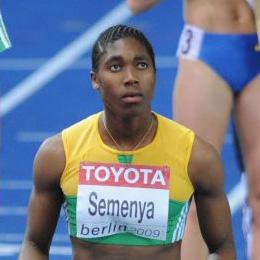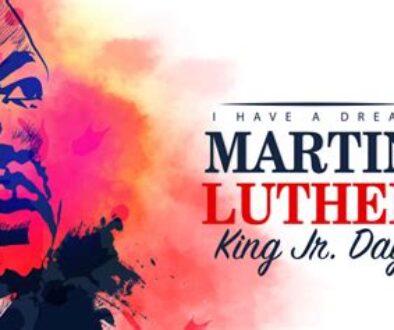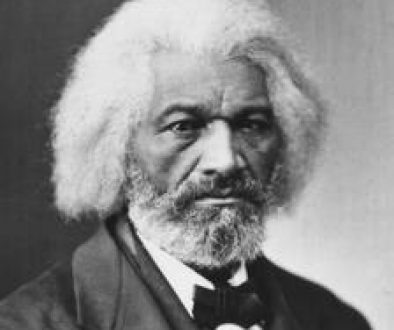WARF’s “Person of the Decade”

The World Against Racism Foundation (WARF) chooses its “Person of the Decade.”
The choice is easy: Caster Semenya—the teenage track phenom who won in women’s 800m final of the World Championships in Berlin in 2009, only to be subjected to a battery of “sex verification tests” to determine whether or not she qualified to compete as a woman! Who better than Caster Semenya the possibilities and perils of the twenty-first century—and the prejudices against which our endracism.org website was established to combat?
Born in the South African village of Ga-Masehlong, she initially raised the eyebrows of neighbors by preferring “boyish” games to “girlish” dolls. Then, entering puberty, she developed a deep voice and a preference for pants suits over dresses. Clearly, this was more than an enough to make her a suspect character, though anatomically and psychologically she was a young woman with one master: to run faster than anybody else.
Her real troubles began when Athletics South Africa (ASA) and officials of the International Association of Athletics Federations (IAAF) conspired to lie and manipulate her into undergoing a scientific inquisition into her gender and identity—the results of which were selectively leaked to the media, further compromising her privacy. She was so upset she considered boycotting—what a loaded term in her case!—the gold medal ceremonies in Berlin. Her South African coach resigned after admitting his complicity in the inquisition. South Africans exploded in indignation in what they considered an example “racism” in the form of gender discrimination. The Minister for Sport and Recreation, Makhenkesi Stofile, retained legal counsel for her “to make certain that her civil and legal rights and dignity as a person are fully protected.”
What exactly can science tell us about Caster Semenya and many other people often called “intersex” or suffering “disorders of sexual development—terms which themselves are highly suspect—because they display physical characteristics of both sexes rather than one. Does her chromosomes xy (male) rather than xx (female)—the assumption of those who wanted to prevent her from competing as a woman. We don’t know for sure, but we do know that at least one in 20,000 individuals who look, feel, and act like women have an xy genotype buy a phenotype or physical characteristics that are female. One cause is so-called “androgen insensitivity syndrome” inhibiting testosterone. High levels of testosterone—associated with being a male—produce muscle bulk that can translate into superior athletic performance.
But even the International Olympic Committee (IOC)—which no longer officially tests to certify the gender of athletes—recognizes that a competitor with a “male” genotype but a “female” phenotype because of androgen insensitivity syndrome would not enjoy an unfair advantage over other female athletes. Indeed, the IOC since 2004 has allowed all transsexual athletes to compete in the Olympics under their “new” sex, beginning two years after their sex change operations.
Someday, our modern day witch doctors may be replaced by real scientists who understand that “male” and “female” are not polar opposites but gradations on a wide spectrum of possibilities defining what is it to be human. When that day arrives, champions like Caster Semenya grow up without social stigma, invasive tests, and—not elective gender change surgery—but coerced operations to change their gender.
Visit our website—endracism.org—for further context of gender stereotyping and discrimination as forms of racism.
Caster Semenya said all that needed to be said in a magazine interview: “God made me the way I am and I accept myself.”



